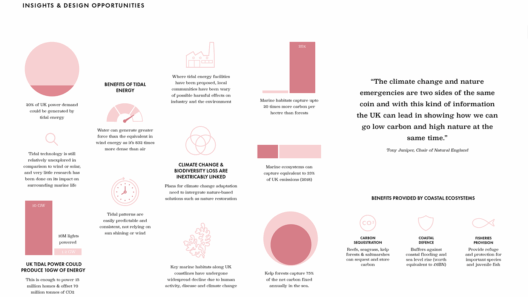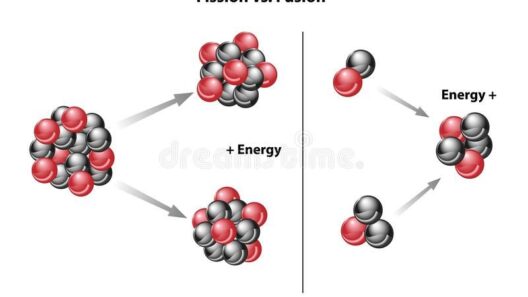In today’s fast-paced world, the question arises: can small changes in the workplace make a significant impact on energy and resource conservation? The challenge looms large as we ponder the daily habits ingrained in our office culture. However, it is in the very banality of our routines that powerful opportunities for sustainability reside. Let’s explore actionable strategies that not only diminish our ecological footprint but also foster a culture of environmental stewardship among employees.
First and foremost, energy conservation begins with an astute examination of lighting practices. Conventional incandescent bulbs consume vast amounts of energy and emit substantial heat. By transitioning to energy-efficient LED bulbs, workplaces can dramatically reduce energy usage while providing superior illumination. Additionally, implementing motion-sensor lighting can ensure that lights are not inadvertently left on in unoccupied spaces, thus curtailing unnecessary energy expenditure.
Next, consider the heating, ventilation, and air conditioning (HVAC) system—one of the significant contributors to a building’s energy consumption. Regular maintenance of HVAC units optimizes efficiency, promoting better air quality and reducing energy waste. Moreover, advocating for adjustable thermostats empowers employees to tailor temperatures to their preferences, avoiding the temptation to overheat or cool shared spaces unnecessarily.
Another crucial factor in conserving energy lies in the adoption of a paperless office model. With the advent of digital tools, organizations can effectively minimize reliance on paper. By encouraging employees to utilize digital documentation, cloud storage, and e-signatures, businesses can significantly diminish the volume of paper consumed. Implementing a company-wide policy to print only when absolutely necessary will further bolster these efforts.
The workspace itself presents further opportunities for resource conservation. For instance, consider the layout of workstations and communal areas. By designing spaces that maximize natural light, companies can reduce the need for artificial lighting during daylight hours. Additionally, placing recycling bins in strategic locations compels employees to think critically about waste and encourages responsible disposal practices. Wouldn’t it be fun to gamify recycling? Perhaps a friendly competition to see which team can divert the most waste from landfills over a month could spark enthusiasm.
Encouraging the use of public transportation or carpooling can also have profound effects on resource conservation. Organizing initiatives that reward employees for using eco-friendly commuting options can cultivate a sense of community while contributing to reduced carbon emissions. Providing incentives, like subsidizing public transit passes or organizing carpools, can further motivate individuals to opt for greener choices.
Dive deeper into sustainable practices by examining the office’s technology usage. Appliances, computers, and other electronics continually draw power, even when turned off. Implementing energy-saving settings and encouraging employees to unplug devices when not in use can yield significant results. Additionally, consider investing in energy-efficient machines that comply with the latest eco-labels, allowing businesses to stay ahead in sustainability. How often do you think about the energy your computer consumes while idly sitting at your desk? It might be time to rethink that.
Moreover, fostering a culture that prioritizes sustainability can yield benefits far beyond energy savings. Encourage employees to develop eco-friendly habits, such as turning off lights, locking windows during the summer months, and reporting energy inefficiencies to management. Regular workshops that delve into sustainability topics and engage employees in energy conservation dialogue can amplify organizational commitment to environmental issues. Through teamwork, innovative ideas can flourish, perhaps leading to the creation of a ‘green team’—a faction devoted to ideating and implementing sustainable practices.
Water conservation is another vital aspect often overlooked in the workplace. Installing low-flow faucets and toilets can lead to substantial water savings without sacrificing performance. Moreover, fostering an awareness among employees about their water consumption can inspire conscientious behaviors. Simple actions, like fixing leaks promptly and using water-efficient appliances for breaks, can significantly benefit both the environment and the workplace’s bottom line.
The role of procurement policies in resource conservation cannot be overstated. By prioritizing suppliers who use sustainable materials and ethical production processes, organizations contribute to a larger movement towards environmental responsibility. Moreover, opting for reusable office supplies and biodegradable materials can minimize the waste generated while enhancing the company’s green credentials.
Finally, consider the unique opportunity to partner with local environmental organizations. Such collaborations not only create a positive impact within the community but can also provide employees with valuable engagement experiences. Whether through tree-planting events or clean-up drives, these initiatives uplift morale and reinforce the organization’s commitment to sustainability. Participating in larger community sustainability efforts could establish a deeper connection between the workplace and the environment it inhabits.
As the consequences of climate change intensify, the urgency for businesses to play a role in resource conservation magnifies. However, fostering an eco-conscious workplace does not have to be a daunting task. Through thoughtful practices and collective responsibility, organizations can spearhead significant environmental change while nurturing a collaborative spirit among employees. The journey towards sustainability is a shared one—a possibility where each employee’s participation can lead to transformative outcomes. So, the next time you contemplate your workplace habits, ask yourself, “Am I contributing to a greener future?” The answer may lie in the myriad of small but impactful changes waiting to be made.







